(Psst: The FTC wants me to remind you that this website contains affiliate links. That means if you make a purchase from a link you click on, I might receive a small commission. This does not increase the price you’ll pay for that item nor does it decrease the awesomeness of the item. ~ Daisy)
What would it mean to you if you had an unexpected trip to the emergency room? If your car required an expensive repair? What if your income was interrupted for a week, or two weeks, or even longer? Do you have an emergency fund built into your budget to see you through these everyday calamities, or are you only one missed paycheck from disaster?
According to a survey released by Bankrate, 60% of Americans do not have the emergency savings to take care of a crisis that costs $1000 or more. How do people handle unexpected expenses? According to the survey:
- 40% would use savings
- 15% would use credit cards
- 14% would cut back on other spending
- 13% would borrow from friends or family
- 6% would take out a personal loan
Many said they had no idea how they would cover an unexpected expense of this magnitude. And Forbes says that 23% of Americans save no money at all – but I suspect that number is higher since other reports say that 43% of Americans struggle to pay for food and rent. And when you’re in a financial hole, it’s harder than ever to dig yourself out with a system that seems to be designed to work against you. (If you’re in a situation in which you can’t even pay your current bills, see this article.)
So what about you? Do you have an emergency fund? It’s a very important thing to put money aside for a rainy day.
An emergency fund is a vital prep
When your finances are tight, sometimes your first impulse is to spend every dime. Many people focus on things like paying off debts, stocking up on food and supplies, or paying more than the minimum payments on bills.
However, that may not be your best bet. Don’t get me wrong – paying off debt is absolutely vital, but most experts recommend establishing an emergency fund as the first step back to financial security. There are several reasons why this should be a priority for you:
- What if you suddenly lost your job and it was 6-8 weeks before unemployment payments began to trickle in?
- What if your child suffered a medical emergency and you needed to purchase an expensive medication?
- What if your refrigerator began making a death rattle and you needed to buy a new one immediately in order to save your expensive frozen food stockpile?
- What if your car, that you needed to get back and forth to work, required a costly repair?
The reasons you might need to tap into an emergency fund are as varied as the news headlines – there are many different disasters that can arise, and nearly every single one of them will require that you have some additional funds available. You simply cannot call yourself “prepared” if you don’t have the currency on hand to see you through the rough spots.
It’s important NOT to rely on credit cards, overdraft, and lines of credit for these unexpected events – these things will cost you far more in interest in the long run. Credit cards are NOT an emergency fund. An emergency fund is currency that you have on hand that will not cost your interest. Don’t make your personal disaster worse than it already is by paying compounded interest on it for the next two years.
How much should be in your emergency fund?
This is one of those numbers that will vary with different families. Most experts recommend a starting point of 1-3 months of expenses. And by expenses, I mean everything from house payments to car payments to projected utilities to food costs.
Don’t underestimate how much it takes to run your household every month – be sure to account for all of the regular expenses you might need to cover during an emergency situation.
In addition to an emergency fund in cash, other prepper items can help see you through a rough spot. Your general supply stockpile and your food pantry mean you have to spend less money on day to day items when times are tough.
When budgets are tight, how can you bankroll your emergency fund?
If you don’t have some rainy day money set aside, it is of the utmost importance that you fund this right away It’s time to change your financial lifestyle. Hardcore frugality is the answer. If you don’t have enough money set aside to weather a crisis, then you need to cut your spending to the bone until you do.
- Most of us have some places that we can cut the budget. To put it into perspective, a fancy frozen coffee concoction from Starbucks is about $6. Today, the price of silver is just under $20 per ounce. Three and a half days without Starbucks =1 ounce of silver. Exercise some “tough love” and strip your budget down to the bare bones until you have a month’s worth of expenses put aside.
- Sell something. Do you have a basement full of unused relics? Exercise equipment, old furniture, unused appliances -all of these things taking up valuable storage real estate can help you to establish your emergency fund. Hang on to things like gold and silver jewelry, though – it will increase in value.
- Get a second job. You don’t have to plan to work two jobs indefinitely, but spending one day a week babysitting or taking on a different part-time job can help you get your savings into the comfort zone.
- Make only your minimum payments. I realize this is not the standard financial recommendation, but until you have a one-month rainy day fund set aside, you should forgo making the extra payments even on interest-bearing accounts.
- Eat cheap for a few months. If you can manage one cheapo meal a day, this can result in massive savings. Look into different meals that are less than a dollar per serving – generally, these will be vegetarian offerings like beans and rice, a bowl of cereal, or eggs and toast. Soup is also a great budget-stretcher. Cheap doesn’t have to mean unhealthy – we never eat things like Ramen noodles in our family but we manage to have frequent low-budget meals that are tasty and filling. For the love of Pete, don’t eat out – the cost per serving is 5-10 times the cost of making the same dish at home.
- Get rid of some fixed expenses. If you can get rid of some of your monthly fixed expenses, you can build your emergency fund very quickly. Cancel gym memberships, extracurricular activities, phones, satellite, cable, and internet. Funnel all of that money towards your emergency fund. Once the fund is built, you may discover you didn’t really need those services as much as you thought you did.
What constitutes an “emergency” worthy of dipping into the fund?
Once you have your emergency fund established, you might wonder, “What can I spend this on?”
Ideally, nothing. The goal is never to spend this money. This little safe full of money squirreled away is there for situations that cannot be addressed with your regular income.
Here are some things that are NOT emergencies:
- Trips to the mall
- Concert tickets
- Vacations
- Your 346th pair of shoes
- A celebratory dinner at a nice restaurant
- Cell phone bill
Ask yourself a few questions. Will it cost me more money if I do this later rather than sooner? Is the expenditure related to a safety issue? Is the expenditure related to a health issue? When will you have the money to pay for this out of your regular income?
- Refrigerator
- Car Repair
- Medication/Medical Bill
- Washing Machine (not in all situations, but if you have a baby in cloth diapers it’s pretty vital!)
- Utilities that will result in reinstatement charges
Only you can judge whether or not an event constitutes an emergency. If you must use money from your emergency fund, make it a priority to replace that withdrawal as quickly as possible.
Make this the year you get your finances under control
If you don’t have an emergency fund, take your preparedness to the next level. Get financially prepared for those unexpected “rainy day” moments. Then, make a concentrated effort to reduce (or completely get rid of) debt. If a financial disaster were to strike, the less debt you have, the fewer payments you would have to make until you got back on your feet. Other preps will go a long way toward helping you through a financial emergency, too. Never underestimate the value of a fully-loaded pantry.
For those of you with a little bit of money squirreled away, have you ever experienced an event that made you relieved that you had an emergency fund? I can think of at least 20 times that my rainy day savings helped me immensely. Your comments can be very inspiring to those who are new to this kind of financial preparedness.
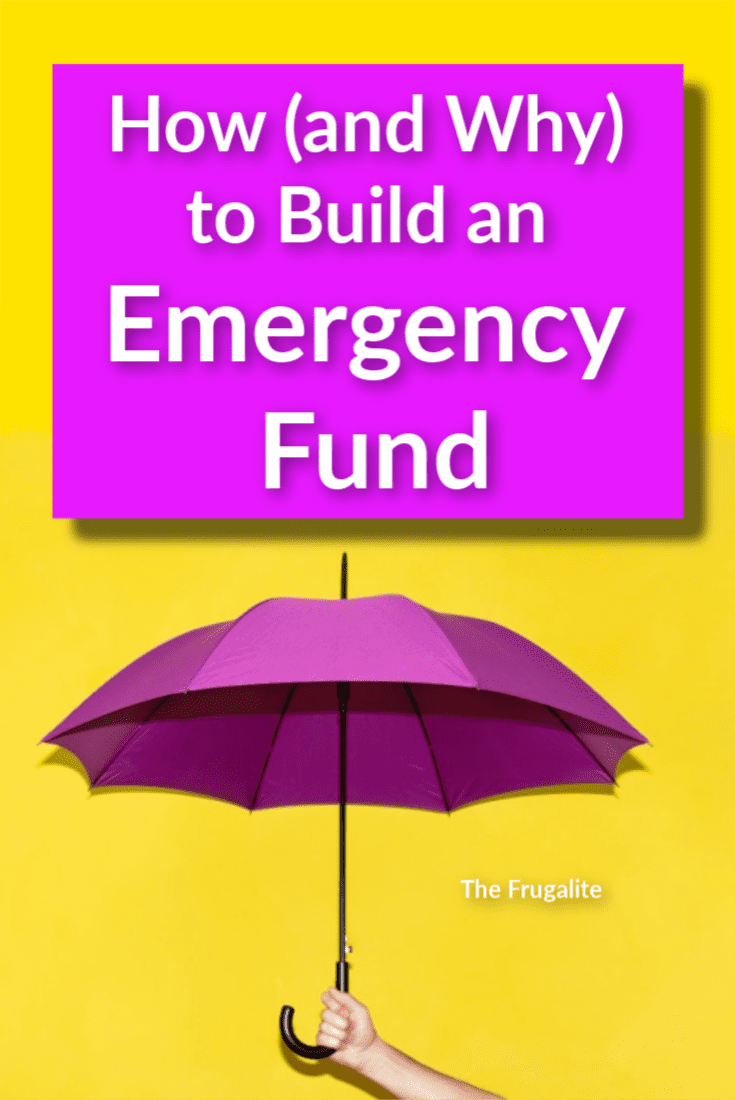

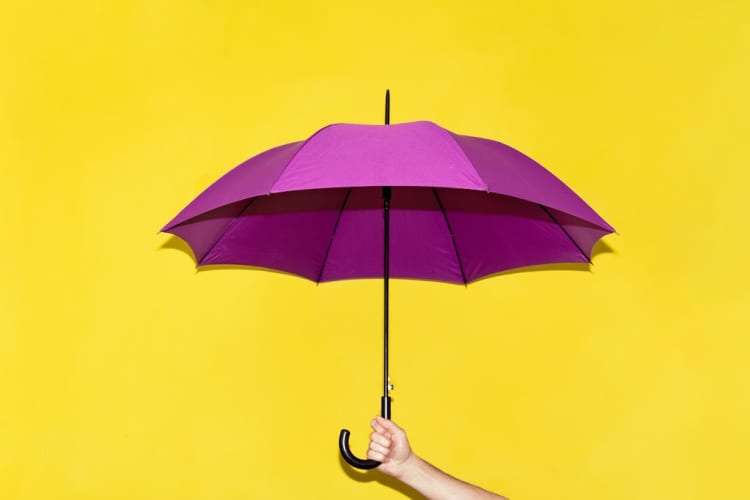

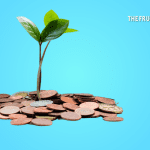


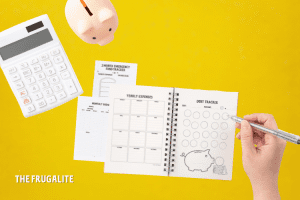

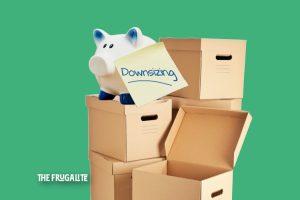


6 thoughts on “How (and Why) to Build an Emergency Fund”
Yes I do have an emergency fund started 8+ years ago when I closed all my cc and said no to debt! I love it and sleep better at night. I have very little monthly expenses and can live and do more with my income (travel & massages). At the end of last year I put out a challenge for my two young adult children to start their emergency funds and to my surprise/delight they did and are also feeling the relief(and choices) it brings….yes!!
It took me years to get past a few hundred, a car emergency would come up and it would be gone, which meant it served its purpose. I finally got $1000 put away, and 2 months later, surprise! A car emergency. We ended up having to buy a car, but the emergency fund, and the car fund I’d started and some discretionary money I’d budgeted was enough to pay off the note so we could sell the old car for more money to put to the down payment. We are very tight this month, but I can start to put away again for the emergency fund next month and be ready
Yes, I had one. I used it all and some of the credit card & pantry items to get me through a tough spot with medical expenses & therapy for my son. Now the pantry is restocked band credit card paid off. I’m starting to put it back . couldn’t have made it through without it.
Have had one that turned out to be our only money at one time (we were literally down to $40) and have a standing one as well as a back up stash of cash that I add to every month.
It really does matter as there is so much instability now.
Accumulating that emergency fund is only the first step in this vital process. Keeping it protected is the next (and usually undiscussed) step.
Consider not keeping your emergency money in your US-based bank or credit union account. First, if a creditor (legitimate or otherwise) learns what local bank or credit union holds your funds, it’s pathetically easy for them to ask that institution if your account can cover a bill of X size. If the answer is yes, they can keep asking that same question for X+1, then X + 2 (and so on) sized bills until they finally get a no. (That is their routine workaround for the bank’s prohibition on disclosing the exact amount of your account(s).) That tells them about how much they could effectively draft on that account of yours. Does that tell you how safe your emergency money is in such a case where the “alleged” creditor learns where your account(s) are?
Instead, consider looking over this website as a possible depository for such funds:
https://glintpay.com/en_us/
It began as a UK-based business but opened up for service for the US only a couple of years ago at the international boat show in Ft Lauderdale, Florida. It’s basically an international debit card backed by gold bullion in a Swiss vault. Not a bad idea for another reason. Consider that the US dollar just dropped in value some 10% since this last Spring. That electronic keyboard counterfeiting that the Federal Reserve has cranked up lately has its ongoing consequences.
Also, some added privacy protection for ANY charge card (debit or credit) is an alternate transaction card number that can be generated via the free service at
https://privacy.com/
which can be used one time only or multiple times for one seller or multiple sellers which you can specify.
Compare those protections with a situation where I was shipped from the local VA Med Center for one-day outpatient work to a local civilian hospital. The VA had promised me they would pick up the bill, but the civilian hospital was taking no chances that the VA might mess up and stiff them, so they insisted on knowing where I banked up front before they would do their exam on me. Obviously they required that my bank be a backup to be looted — not a good situation for the majority of one’s funds to be so vulnerable.
–Lewis
A car emergency. We ended up having to buy a car, but the emergency fund, and the car fund I’d started and some discretionary money I’d budgeted was enough to pay off the note so we could sell the old car for more money to put to the down payment. We are very tight this month, but I can start to put away again for the emergency fund next month and be ready